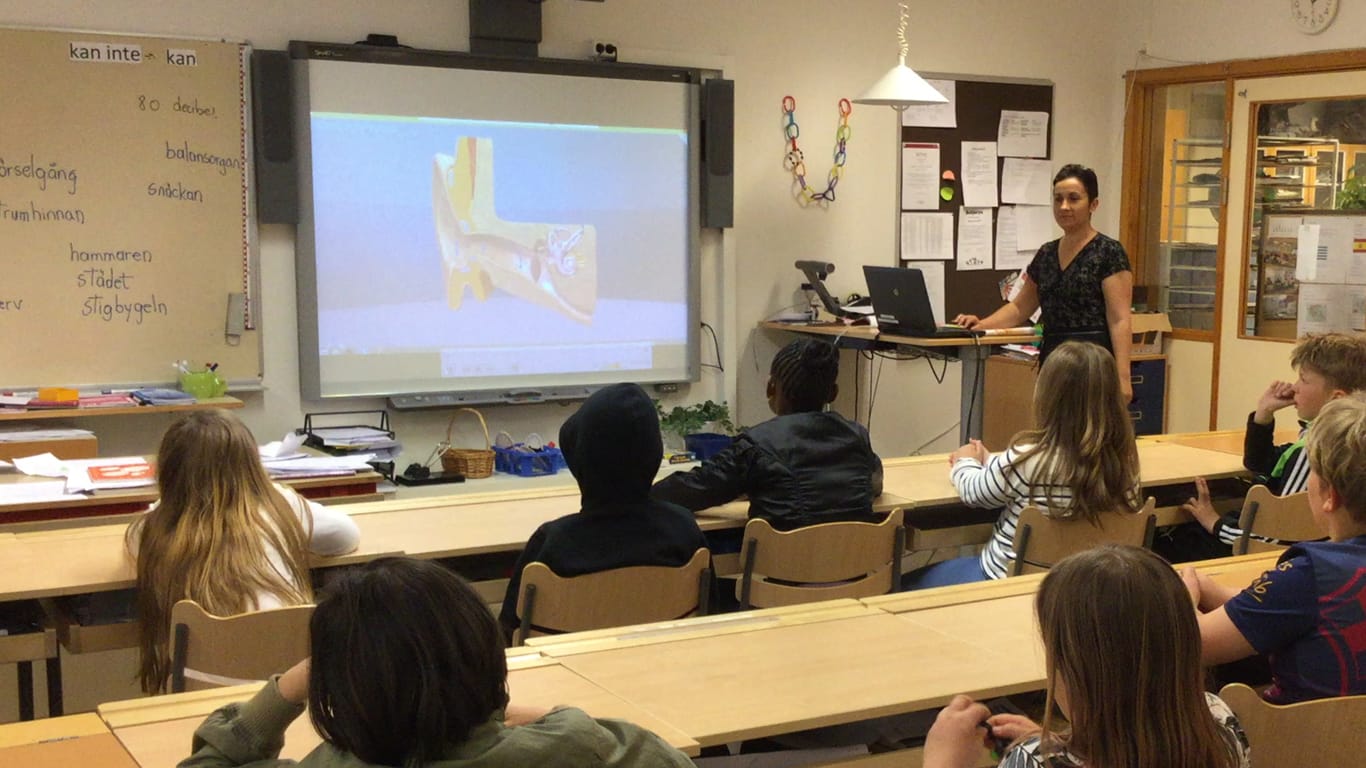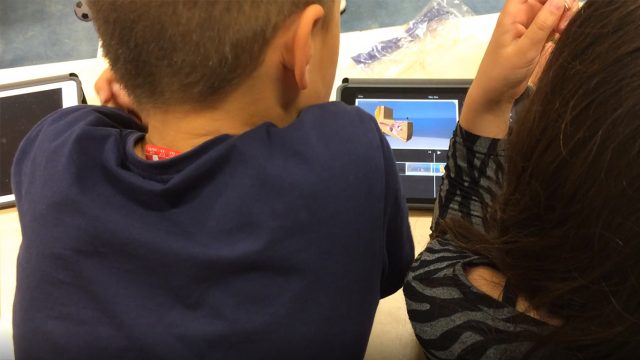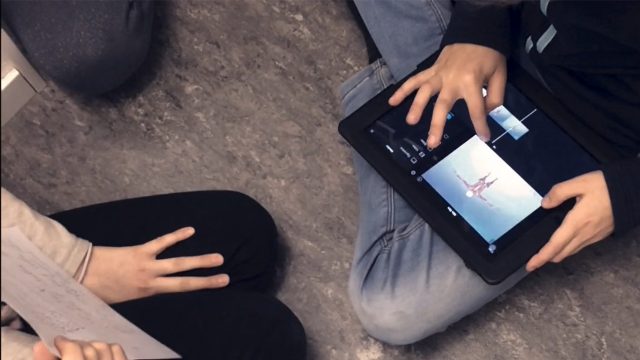Kvarnbackaskolan, Stjärnhov, Gnesta Municipality, Sweden. 60 students in the ages 6-9.
Challenge
- 14 second language elementary school students that require education and support in their native language
Solution
- Flipped Classroom strategy
- Sensavis with video recording rights
- Microsoft PowerPoint
Results
- Immediate access to learning for second language students
- Increased classroom engagement, focus, and retention
- Easier assessments of student knowledge
- Faster learning of Swedish language
- Easier to involve parents in education
In the last 25 years, the municipality of Gnesta in Sweden has only had a few children with Swedish as a second language. The last asylum accommodation closed in the early 80’s, but the situation changed drastically in the fall of 2015. Now there are nearly 40 primary school student refugees that need education and support in their native language across the whole municipality.
The municipality needed to find new ways to incorporate learning activities that are both fun and engaging while providing immediate access to education and the opportunity to quickly learn Swedish. One of the solutions was a combination of Microsoft PowerPoint and Sensavis.
Using Flipped Classroom to overcome language barriers
At Kvarnbackaskolan, each teacher decides how to use Sensavis in their classroom. With 14 non-Swedish speaking students they needed to find a new strategy, so they implemented flipped classrooms and started creating educational videos using Sensavis and Microsoft PowerPoint, with both Arabic and Swedish voice-overs.
Kerstin Andersson, IT pedagogue at Kvarnbackaskolan, responsible for the project, says: “When we record videos, we go back to the curriculum and identify the goal for the grade the students are in. We look at traditional teaching materials and the content in Sensavis. We then create a video in the students’ native language that we distribute before class. ”
”The students can watch the video as many times they need to learn the subject before class. By getting to know the subject in their own language, it’s a lot easier for them to understand and learn the Swedish words in class. It is also a lot easier for the educators to assess each student’s knowledge – even if they don’t know the words, they can use the images to show that they have understood a process. We have also made videos in Swedish so that all students can benefit from this way of teaching.”
Kerstin continues: “We will also let the students produce their own videos, so that they can document what they know and have learned. We are planning to share these videos with their parents in as a way of including and involving them in their children’s education.”
Results
“One of the main goals when initiating the project was for the refugees to feel that they were important to us, that we invested in them. Many of them have experienced horrible things in their country or on the long journey to Sweden. Of course, we want them to get subject knowledge, and we want them to be able to participate in the regular lessons. What we have seen is an increased motivation and participation in the lessons. The students learn more since they understand more. And the Swedish students have gained a deeper understanding of what it means to arrive in a country and go to school not knowing the language, just by watching the videos in Arabic and then trying to answer questions about them. We now have a joint experience in the classroom. We are all working together. Everyone can take an active part, ask, and answer questions “, says Kerstin.
“There is no difference between the non-native students and native when it comes to learning. The issue before, was that we didn’t have the right materials or materials in the right language. If we, for example, found a video in Arabic, we had to get help to make sure that the quality and level was right for the grade and class. When we produce our own materials, we can assess their knowledge and personalize the materials for these students and the part of the curriculum that we are currently working with. After assessing the students’ knowledge, it’s easier for the educator to decide how deep they can dwell into the subject during class”, concludes Kerstin.









